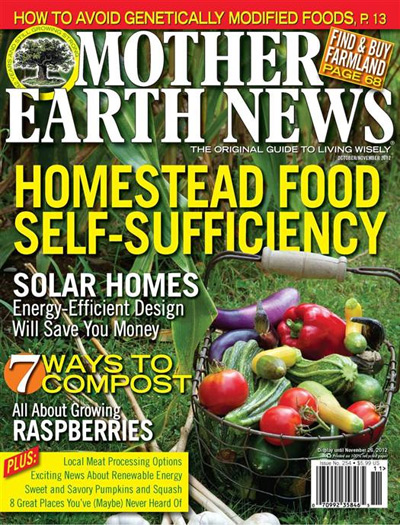Green Tomato Jam
As we begin the season of spring with the seeding of lettuce and tomato plants indoors, the rewards of last year's harvest continue to grace our table. Green tomato jam is one of the experiments of last fall as the frost loomed near and our tomato plants were still lush with unripened fruit. We also dehydrated and ground some of these green tomatoes into powder (click here for the tomato powder post). After a bit of research, Joe and I came up with the following jam recipe. Use the method as a guide, but remember to always follow the instructions of your particular equipment and ingredients!
Ingredients:
12 cups green tomatoes, chopped
1 lemon, cut in half
4" bit of ginger, peeled
1/2 tsp cinnamon
1/2 tsp allspice
1/2 tsp nutmeg
1/4 tsp clove
14 T pectin
10 cups sugar
Method:
If you know your way around jam/jelly making follow your normal jam procedure; if you don't have much experience, your pectin carton should have specific instructions for when to add pectin and sugar.
Place jars in a hot water bath to preheat and sanitize. Sanitization requires boiling for 10 minutes, according to the USDA click here to see the USDA Guide to Home Canning.
Put tomatoes, lemon and ginger in a blender until smooth or run tomatoes through a food mill to remove seeds and skins. Everything pureed nicely in our blender so we felt no need to use a food mill. The seeds remain, but that is part of the charm of this jam in our opinion. The goal with the blender was to chop the tomatoes, lemon and ginger as fine as possible. Possible chopping alternatives would be a grater, food processor or chopping with a knife. It's up to you!
Transfer to a large cooking pot, add spices and bring to a boil on the stove, stirring occasionally until the water is reduced and the tomatoes are nice and thick.
Add pectin and stir. Bring to a boil while stirring occasionally.
Add sugar and stir. Bring to a roiling boil. Boil and stir for 2 minutes.
Ladle into prepared jars and cap with lids and rings.
Process in a hot water bath for 10 minutes.





















